
Throughout history, women have made vital contributions to the field of science. Yet many of their achievements have been overlooked or gone entirely unrecognized. While names like Marie Curie are well-known, there are countless other women who defied the societal norms of their time, making huge advancements in their fields. To mark February 11th, the International Day of Women and Girls in Science, here’s a small selection of the many trailblazing women who shaped the fields of science and engineering forever yet, in their own time, did not receive the recognition they deserve. Join us as we journey to the past to discover their inspiring stories and remarkable discoveries.
Marie-Anne Pierrette Paulze Lavoisier (1758-1836)
Marie-Anne Pierrette Paulze, born on January 20, 1758, in Montbrison, France, emerged as a distinguished French chemist with profound contributions to the field of chemistry.
Marie played a pivotal role as the laboratory companion of her husband Antoine Lavoisier (who is known as the “Father of Modern Chemistry”), not only actively participating in, and contributing to his groundbreaking work but providing the scientific sketches and translations that are still with us today.
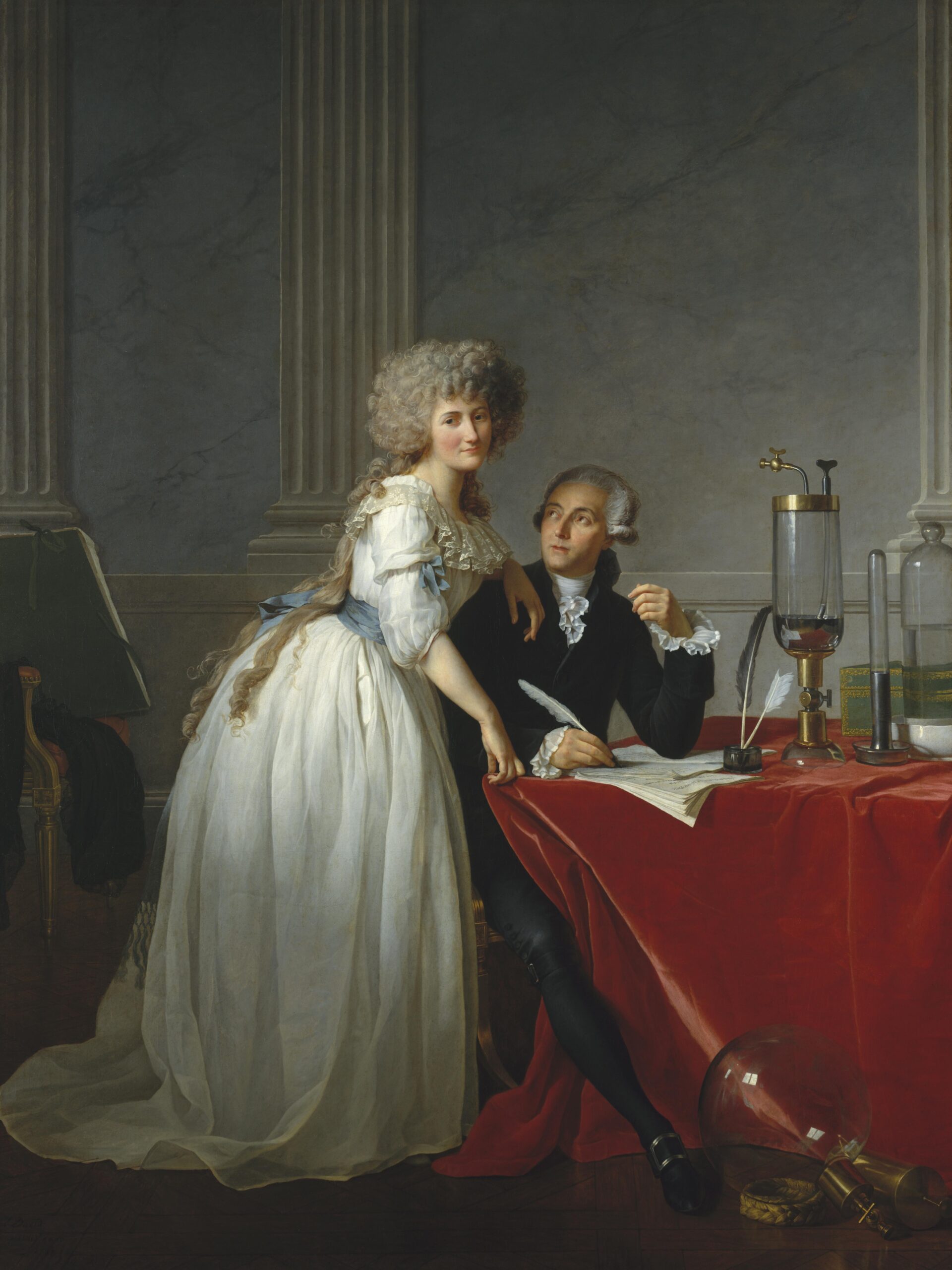
Marie’s early life was marked by the loss of her mother when she was only an infant, which led to her upbringing in a convent. She became proficient in multiple languages and developed skills as a talented sketch artist.
At the age of 13, facing an arranged marriage proposal from a 50-year-old, influential Count, Marie’s father, Jacques Paulze, sought to protect her. He approached his colleague Antoine Lavoisier, a French nobleman and scientist, proposing an alternative union. Accepting the proposition, Lavoisier and Marie were married on December 16, 1771, Antoine being 28 and Marie only 13.
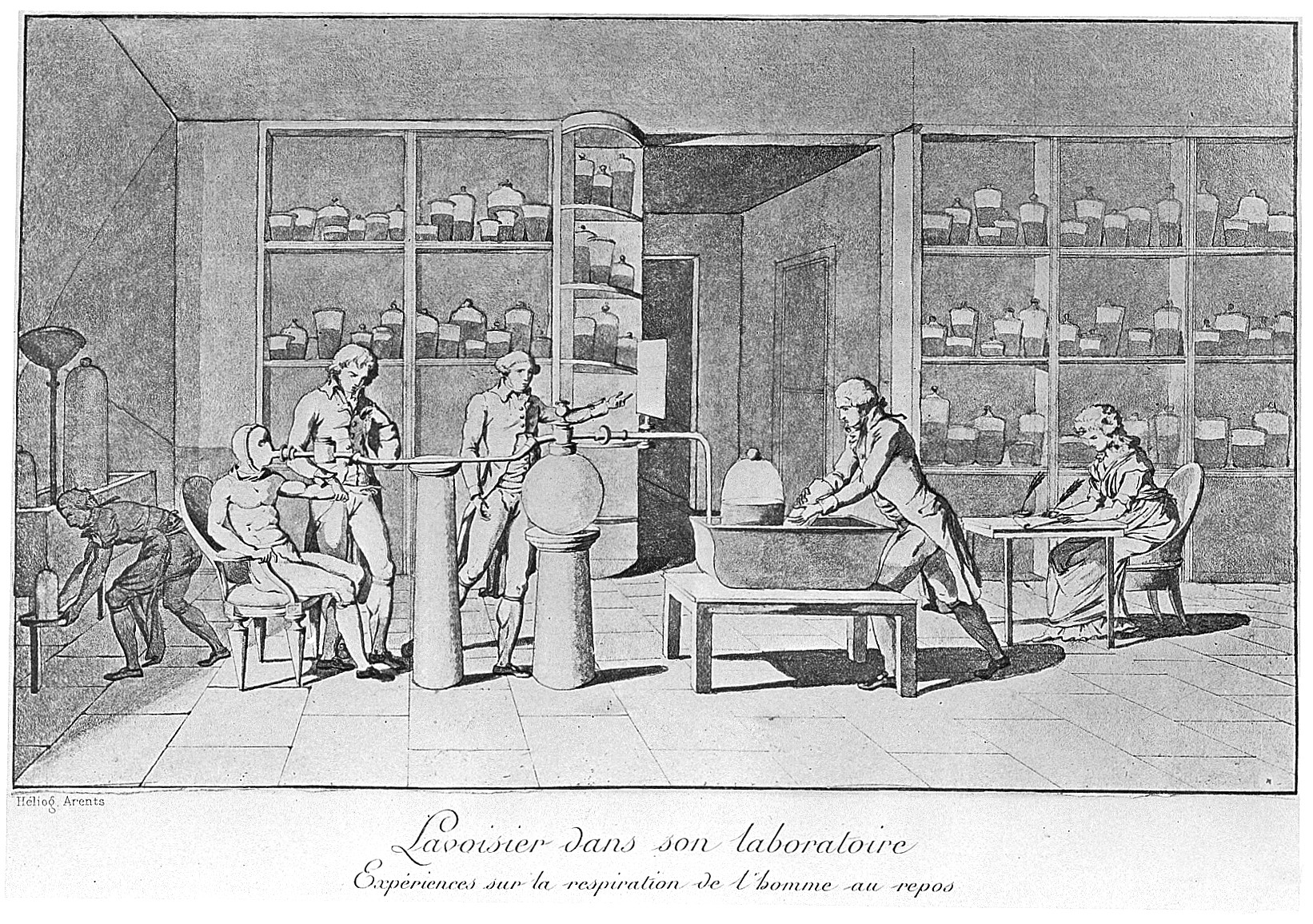
Settled in Paris in 1775, where Antoine’s roles included working for Ferme-Générale and serving as the gunpowder administrator at the Arsenal, they established a state-of-the-art chemistry laboratory, where he and Marie’s mutual interest in scientific research flourished. Trained by colleagues Jean Baptiste Michel Bucquet and Philippe Gingembre, Marie actively participated in the experiments, drawing the diagrams by which other scientific investigators could verify his results, translating documents, and generally contributing to their scientific endeavours.
Together they played a crucial role in challenging the prevailing theory of phlogiston: She translated works related to this concept, influencing Antoine’s shift away from the hypothetical substance, leading to his studies on combustion and the discovery of oxygen.
In 1789, Marie-Anne contributed significantly to the publication of the ‘Elementary Treatise on Chemistry,’ a foundational work that introduced the conservation of mass and a new chemical nomenclature system. Her detailed drawings, totalling thirteen, illustrated laboratory equipment and experiments, while her meticulous records validated Lavoisier’s published findings.
Tragically, both Antoine Lavoisier and Marie’s father were executed for treason following the French Revolution. In the aftermath, Marie-Anne salvaged part of her husband’s research and published it as ‘Memoirs of Chemistry,’ preserving the foundations of the budding scientific field. Marie retained the surname Lavoisier throughout her life, earning her the epithet the ‘Mother of Modern Chemistry.’
Emily Warren Roebling (1843-1903)
Emily Warren was born in 1843 to an influential family in Cold Spring, New York. She was a remarkable woman who bravely defied contemporary Victorian societal norms. The second youngest of 12 children, she received the privilege of education, studying mathematics and science despite prevailing beliefs that women required no higher learning. In 1864, during a visit to her brother Gouverneur Warren’s army camp, she met Colonel Washington Roebling, sparking a romance that led to their marriage in 1865.
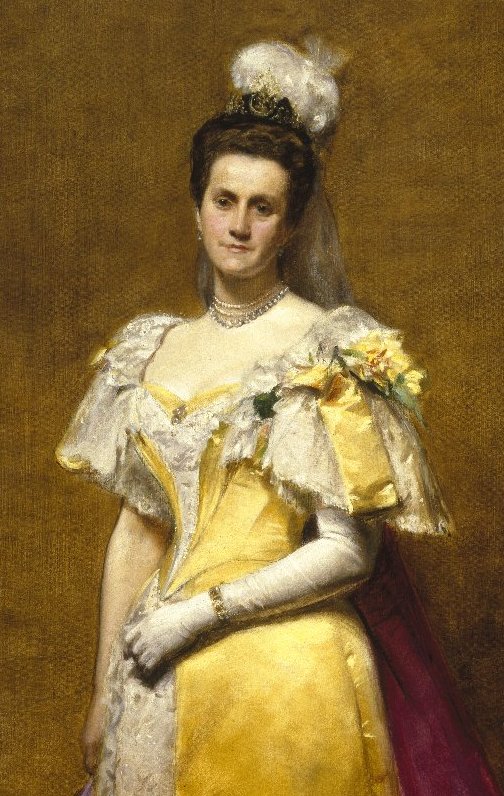
The Roeblings embarked on their belated honeymoon to Europe in 1867 which was also a mission to research techniques for a groundbreaking construction project led by John Augustus Roebling, her husband’s father. This construction was none other than the Brooklyn Bridge.
Two years after their return, an accident occurred at the site, resulting in John Roebling’s injury and leading to his death by tetanus. His son Washington, who had been working with his father for those two years, assumed the responsibility of overseeing the completion of the Brooklyn Bridge and took on the role of the project’s chief engineer. Washington also received an unfortunate paralysing injury, due to decompression sickness or “the bends” that he had contracted by working underwater in the bridge’s caissons under high pressure.
Emily, demonstrating incredible resilience, stepped into a pivotal role, managing the project, studying engineering, and overseeing daily operations. Despite keeping her involvement low-key, her competence became undeniable, leading to suspicions that she was the driving force behind the bridge’s construction.
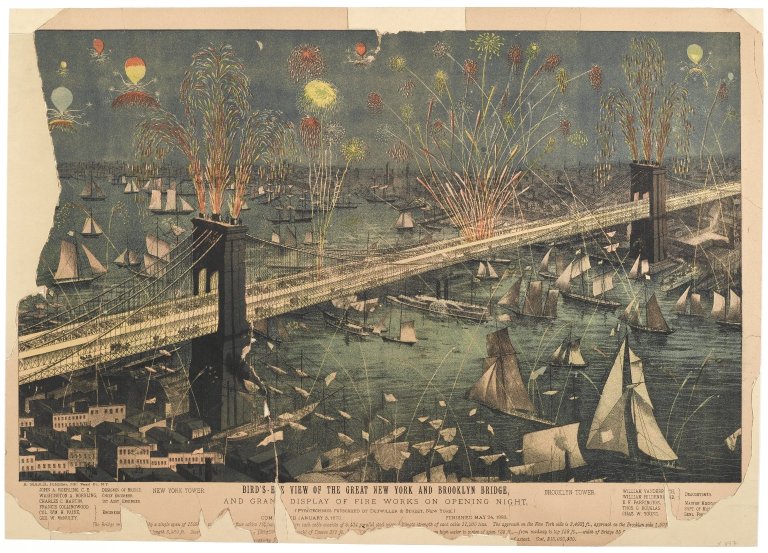
The Brooklyn Bridge was completed in 1883, the longest suspension bridge ever built at the time, spanning the East River to link the twin cities of New York and Brooklyn. It is a true engineering marvel and Emily was the first person to walk across it. Congressman Abram Hewitt praised her at the opening ceremony, acknowledging her self-sacrificing devotion and intelligence.
Emily’s dedication also extended to volunteer work, women’s clubs, and the Daughters of the American Revolution. She was an advocate for women’s suffrage, articulating the need for women’s rights under the Fourteenth Amendment.
Rosalind Franklin (1920-1958):
Rosalind Elsie Franklin was born on the 25th of July 1920 in Notting Hill, London, to a British Jewish family. After a childhood and adolescence of impressive scholasticism, she attended Newnham College, Cambridge, where she pursued chemistry as part of the Natural Sciences Tripos. Franklin successfully completed her studies in 1941, earning second-class honours, a qualification that would eventually be acknowledged as a bachelor’s degree in 1947.
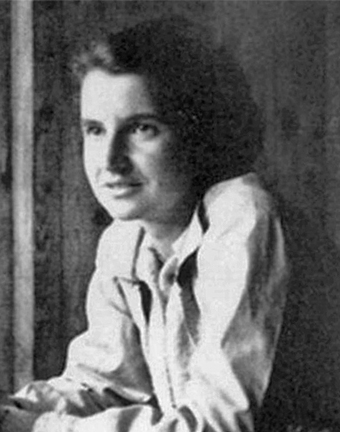
After a period of work on coal to help the war effort, and a year in France, Franklin started at King’s College London in 1950. There she began work on X-ray diffraction of proteins and lipids in solution, but was later redirected to DNA fibres. She found that hydrated DNA fibres produced a different diffraction pattern than dehydrated ones, indicating that wet and dry DNA adopted different three-dimensional structures. Franklin later termed the dry DNA structure as the A-Form DNA and the wet DNA structure as the B-Form DNA.
By improving her methods of collecting DNA X-ray diffraction images, Franklin obtained the now famous “Photo 51” from an X-ray crystallography experiment she conducted on the 6th of May 1952. First, she minimized how much the X-rays scattered off the air surrounding the crystal by pumping hydrogen gas around the crystal. Because hydrogen only has one electron, it does not scatter X-rays. She pumped hydrogen gas through a salt solution to maintain the targeted hydration of the B-Form DNA fibres. After exposing the DNA fibres to X-rays for a total of sixty-two hours, Franklin collected the resulting diffraction pattern and labelled it Number 51 that became Photo 51.
Her colleague Maurice Wilkins, without asking Franklin’s permission, made Photo 51 available to James Watson and Francis Crick – her then-unpublished X-ray diffraction pattern of the B form of DNA. This was crucial evidence for the helical structure. In his own words, Watson later wrote:
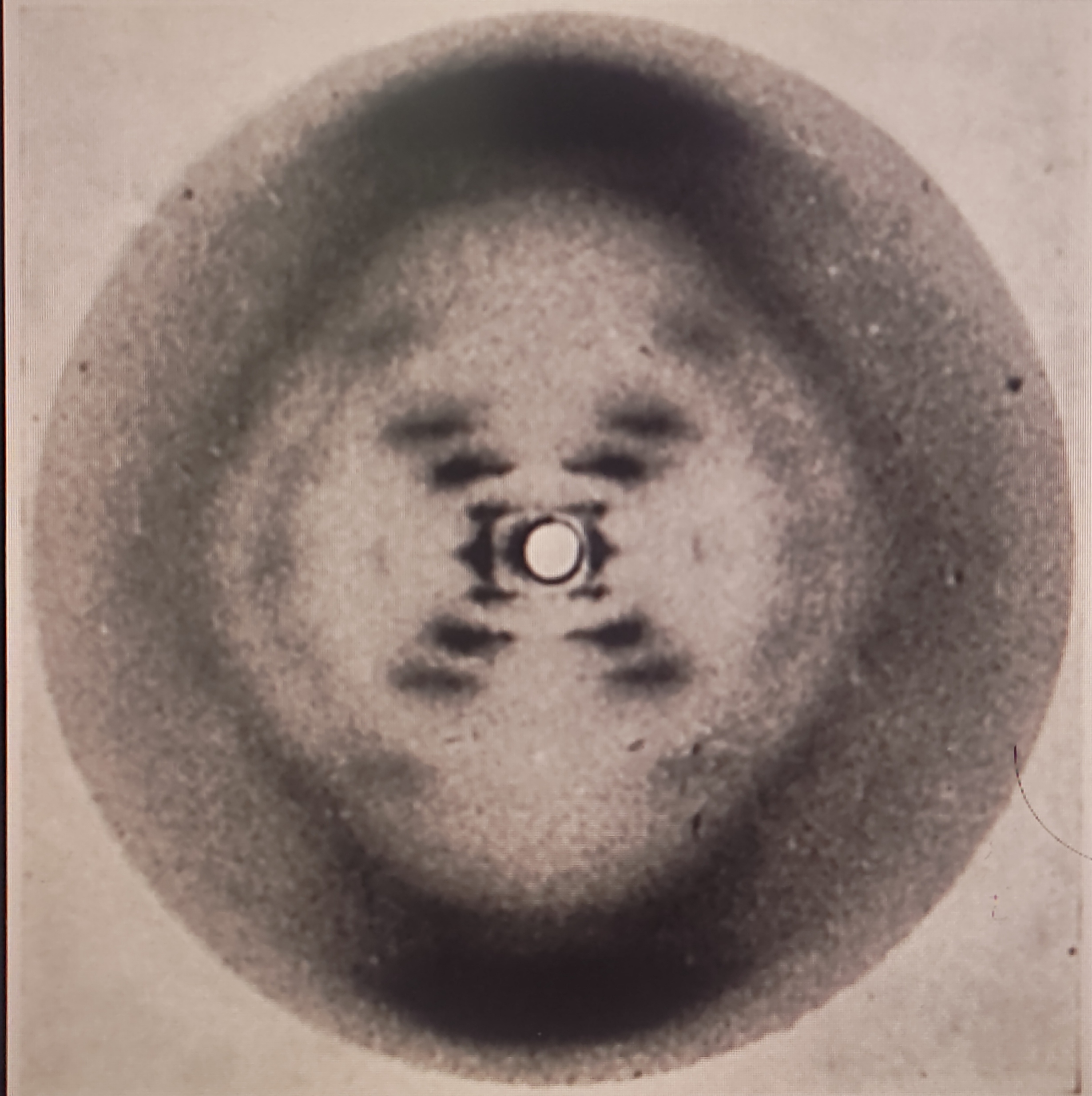
“The instant I saw the picture my mouth fell open and my pulse began to race…. the black cross of reflections which dominated the picture could arise only from a helical structure… mere inspection of the X-ray picture gave several of the vital helical parameters.”
Wilkins, Watson and Crick would eventually receive the 1962 Nobel Prize for Medicine for the discovery of DNA, demonstrating the material means by which Natural Selection is enacted. Franklin tragically died of ovarian cancer in 1958 and while she was celebrated in her own time by her contemporaries, her death meant that she was not eligible for the prize.
On reflection, there are many inspiring women who made fundamental contributions to the science and engineering community, whether it was recognized in their own lifetime or not.
Despite facing discrimination and being denied opportunities, these individuals persevered and were able to achieve incredible things. It is important to continue to recognize and celebrate the accomplishments of these women, not only for their individual legacies but also for the inspiration they provide to future generations. By shining a light on their stories, I hope to encourage you to follow in their footsteps and push the boundaries of what is possible in your field.





There are no comments yet